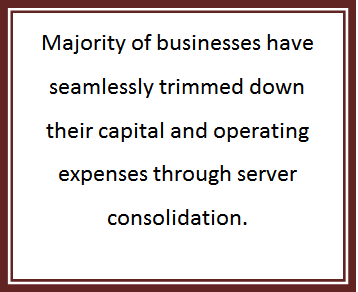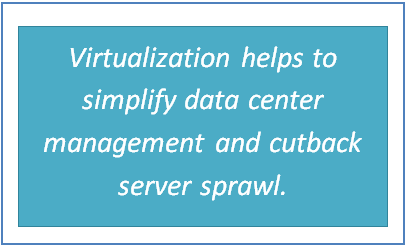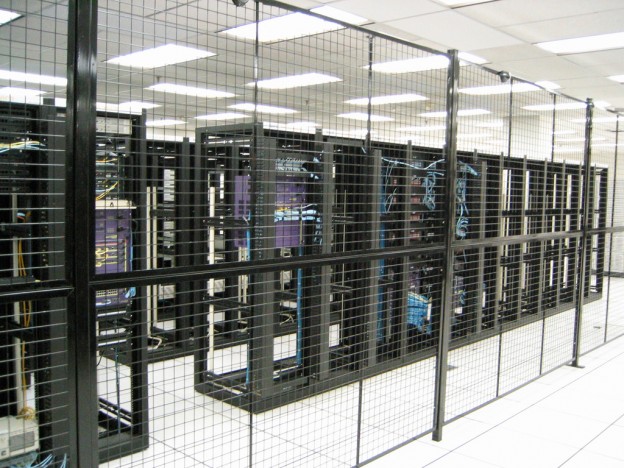Today, companies are under extreme pressure to deliver consummate functionality – faste r within constricted-budget schedules. It is no secret that costs allied with power, cooling, and other IT resources coupled with maintenance intricacies, makes it a challenging mission for CIOs and IT administrators. This underscores the need for centralized, integrated and business friendly IT environment. In making such expectations come true, virtualization technology has made momentous contributions. It not only helps in truncating the operating costs, however, supports effective utilization of IT infrastructure. Besides, increased cloud computing efficiency and cost-savings – it ensures availability and resiliency for critical systems and applications.
r within constricted-budget schedules. It is no secret that costs allied with power, cooling, and other IT resources coupled with maintenance intricacies, makes it a challenging mission for CIOs and IT administrators. This underscores the need for centralized, integrated and business friendly IT environment. In making such expectations come true, virtualization technology has made momentous contributions. It not only helps in truncating the operating costs, however, supports effective utilization of IT infrastructure. Besides, increased cloud computing efficiency and cost-savings – it ensures availability and resiliency for critical systems and applications.
Virtualization: A Pragmatic Approach
 It is clear from above discussion that virtualization (that includes storage, server and desktop) leads to power and energy savings by consolidating the IT workloads to a smaller set of physical equipment. Acquiring this innovative technology, organizations can easily satisfy their set objectives without passing through the arduous server installation, configuration, and maintenance process. If reports are to be believed, companies that have implemented this transformative technique have attained best returns on their investment (ROI) through centralized systems management, and improved web server utilization.
It is clear from above discussion that virtualization (that includes storage, server and desktop) leads to power and energy savings by consolidating the IT workloads to a smaller set of physical equipment. Acquiring this innovative technology, organizations can easily satisfy their set objectives without passing through the arduous server installation, configuration, and maintenance process. If reports are to be believed, companies that have implemented this transformative technique have attained best returns on their investment (ROI) through centralized systems management, and improved web server utilization.
Equilibrium between every business aspect is essential in order to leverage full-fledged benefits of virtualization. However, success of this technology is not only confined to performance and cost-saving but also depends on the reliability, security, and availability of the IT environment. Be it planned migration or unwarranted power fluctuations, systems should be arranged in such a way that they can keep critical applications functional and active all the time.
Power Management: Ascertains Availability
It is found that most of the data center providers offering dedicated server hosting, VPS hosting and other solutions often overlook the need to implement critical systems that power their complete architecture. Companies excessively focus on resilient network architecture, integrated, and economical IT infrastructure, and do forget the same, which entails severe downtime issues. It is no doubt that power outage can lead to cascade of failures. By integrating power management solutions data centers can proactively ensure power utilization, UPS battery health, before it translates into big problems. Power gauging solutions with failover efficiency coupled with workload shedding capability shut downs the non-critical applications in data center architecture in order to save the battery for important applications and VMs at the time power surge.
In a nutshell, virtualization can help CIOs and IT administrators to cutback infrastructure and operating costs while boosting responsiveness, utilization, and up-time. Virtual machine infrastructure ensures swift management of pooled IT resources, allowing companies to be more responsive to their changing IT requirements.






 Live Chat
Live Chat

